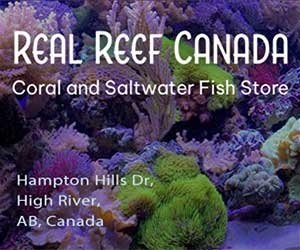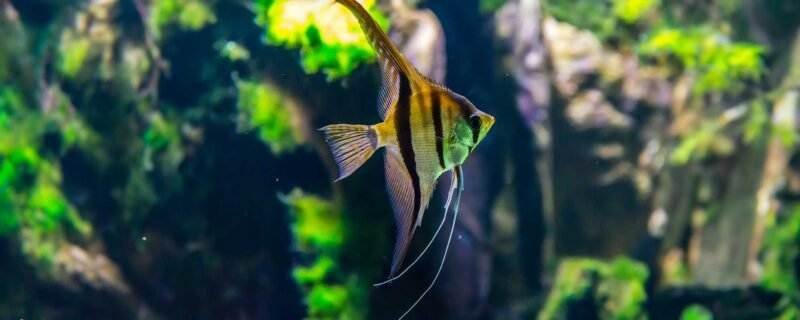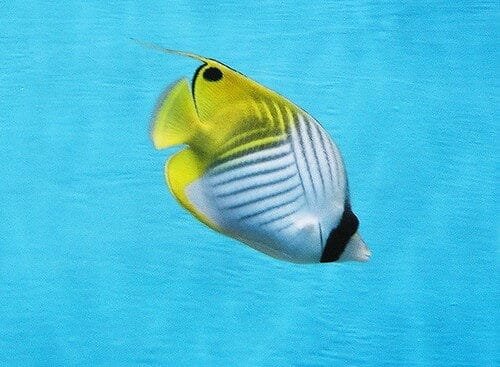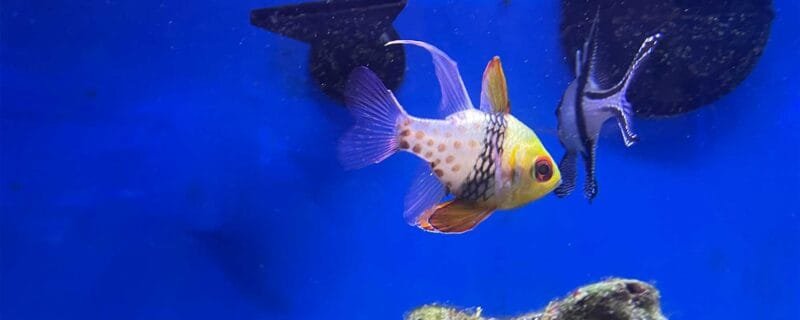Amblyrhynchotes Honckenii: The Southern Puffer’s Guide to Aquarium Life
The Amblyrhynchotes honckenii, commonly known as the Evileye Blaasop or Southern Puffer, is a fascinating species native to the coastal waters of southern Africa. This pufferfish is unique not only for its distinctive appearance but also for the special considerations required for its care in captivity. In this blog, we explore the essential aspects of keeping Amblyrhynchotes honckenii, from its diet and habitat needs to its compatibility with other species.
Introduction to Amblyrhynchotes Honckenii
Common Name: Evileye Blaasop, Southern Puffer Latin Name: Amblyrhynchotes honckenii
This intriguing species is found along the southern coastlines from Namibia to Mozambique, thriving in estuarine and shallow coastal waters. The Southern Puffer typically reaches a size of about 6 inches (15 cm) in length, making it a manageable size for larger home aquariums.
Diet and Feeding
The diet of Amblyrhynchotes honckenii in the wild consists primarily of small fish, invertebrates, and benthic organisms. In captivity, they should be fed a varied diet that mimics their natural food sources as closely as possible. This includes shrimp, squid, and other meaty foods, which can be offered fresh or frozen. Consistent with many puffer species, the Southern Puffer needs hard-shelled food to help wear down their ever-growing teeth.
Sexing and Breeding
Sexing Amblyrhynchotes honckenii can be extremely challenging as there are no visible external differences between males and females. Breeding them in captivity is rarely successful due to their specific spawning requirements and the difficulty in replicating their natural breeding triggers in an aquarium setting.
Community Tank Compatibility
It’s important to note that Amblyrhynchotes honckenii is not an ideal candidate for a typical community tank. They are known to be somewhat aggressive and can be a threat to smaller fish and invertebrates. Additionally, their ability to inflate when threatened can be stressful to other tank inhabitants.
Reef Safety
Amblyrhynchotes honckenii is not considered reef-safe. They are likely to nip at and consume small invertebrates and may also damage soft and stony corals. Therefore, they are best housed in a fish-only aquarium with similarly sized and tempered fish.
Water Conditions and Ease of Care
The Southern Puffer requires stable and pristine water conditions to thrive. They do best in water with a temperature range of 72-78°F (22-26°C), a pH of 8.1-8.4, and specific gravity of 1.020-1.025. Regular water changes and efficient filtration are essential to maintain the quality of the water, particularly given the species’ sensitivity to ammonia and other toxins.
Handling and Care
Handling this pufferfish should be done with care, as they are capable of inflating with water or air when threatened, a defense mechanism that can be dangerous if it occurs out of water. Additionally, the Southern Puffer is known to contain tetrodotoxin, a potent toxin making them dangerous to other fish and humans if not handled properly.
Species Variations and Albino Forms
While there are no recognized subspecies of Amblyrhynchotes honckenii, individual variations in pattern and coloration do exist. The albino form of this species is exceptionally rare and not typically found in the aquarium trade. Such a variation would require specialized care to protect its sensitive skin and eyes from bright lighting.
Conclusion
Amblyrhynchotes honckenii is a remarkable fish that adds intrigue and personality to a suitable aquarium. However, due to its specific care requirements, potential aggressiveness, and toxic nature, it is best suited for experienced aquarists who can dedicate the appropriate time and resources to ensure its well-being. Properly cared for, the Southern Puffer can be a fascinating and rewarding addition to any home aquarium designed to accommodate its unique needs.




